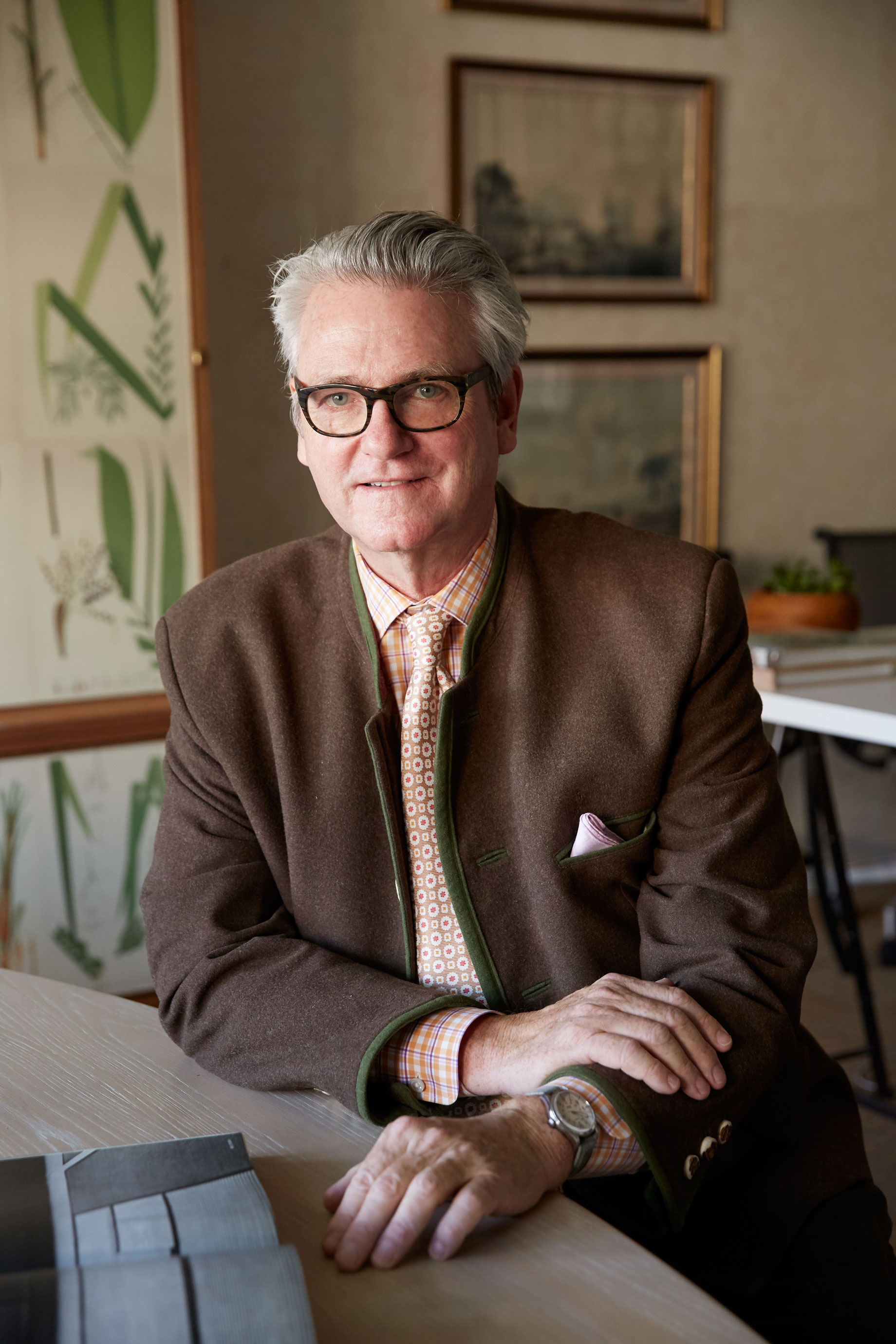
Tom Scheerer By Design
The renowned interior designer explains why his relationship with his clients is a little bit like a teacher's
Tom Scheerer is a scion of the American East Coast, yet his allegiance isn’t to tradition but to comfort and elegance. Scheerer’s favorite piece of furniture is an Eero Saarinen Tulip table, a design he admires for its efficiency and grace. These same qualities are ones that the highly respected designer, who formed his company in 1995, strives for in his spaces. Scheerer creates designs that are never intimidating but are always striking and serene.
In a Scheerer-designed room, an occasional Modernist piece, such as the Saarinen table, might be placed alongside antique bentwood chairs, rattan furniture, and printed wallpapers. These rooms often come with a view of the city or the sea—his projects over the past five years have taken him from Dallas, Texas, to Antigua, the Bahamas, New York City, and the Hamptons on Long Island.
Scheerer is accustomed to travel and keeps residences in Paris and New York, which is ideal for his constant brows-ing for objects to incorporate into later designs. In a Georgian-inspired Dallas apartment, these might be a pair of candlesticks on a fireplace mantle or horse figurines on a bookshelf. Unfussy but exacting, Scheerer is a master of subtle, effective gestures. For the neutral palette interiors of an East Hampton house he designed in 2017, the enlivening accent is a color instead of decorative objects—a blue-and-white striped rug in one room, an eggshell-blue sofa in another. Scheerer also believes a little green can work in any room.
At an outdoor dining patio of a house in Antigua, his beloved gathering of straw hats on a wall doubles as a group of wall-hung plants. At a house in the Bahamas, woven bags and a circular, sunlike decorative centerpiece join the hats. Perhaps the straw hat is a perfect representation of Scheerer’s approach to design: an object that’s beautiful, necessary, but not precious.
Scheerer is also among the one hundred contemporary designers and studios featured in By Design: The World's Best Contemporary Interior Designers, Phaidon’s new, detailed, in depth and beautiful survey. To celebrate the book’s publication, we sat down with Tom to ask him a few questions about how he creates such incredible rooms.
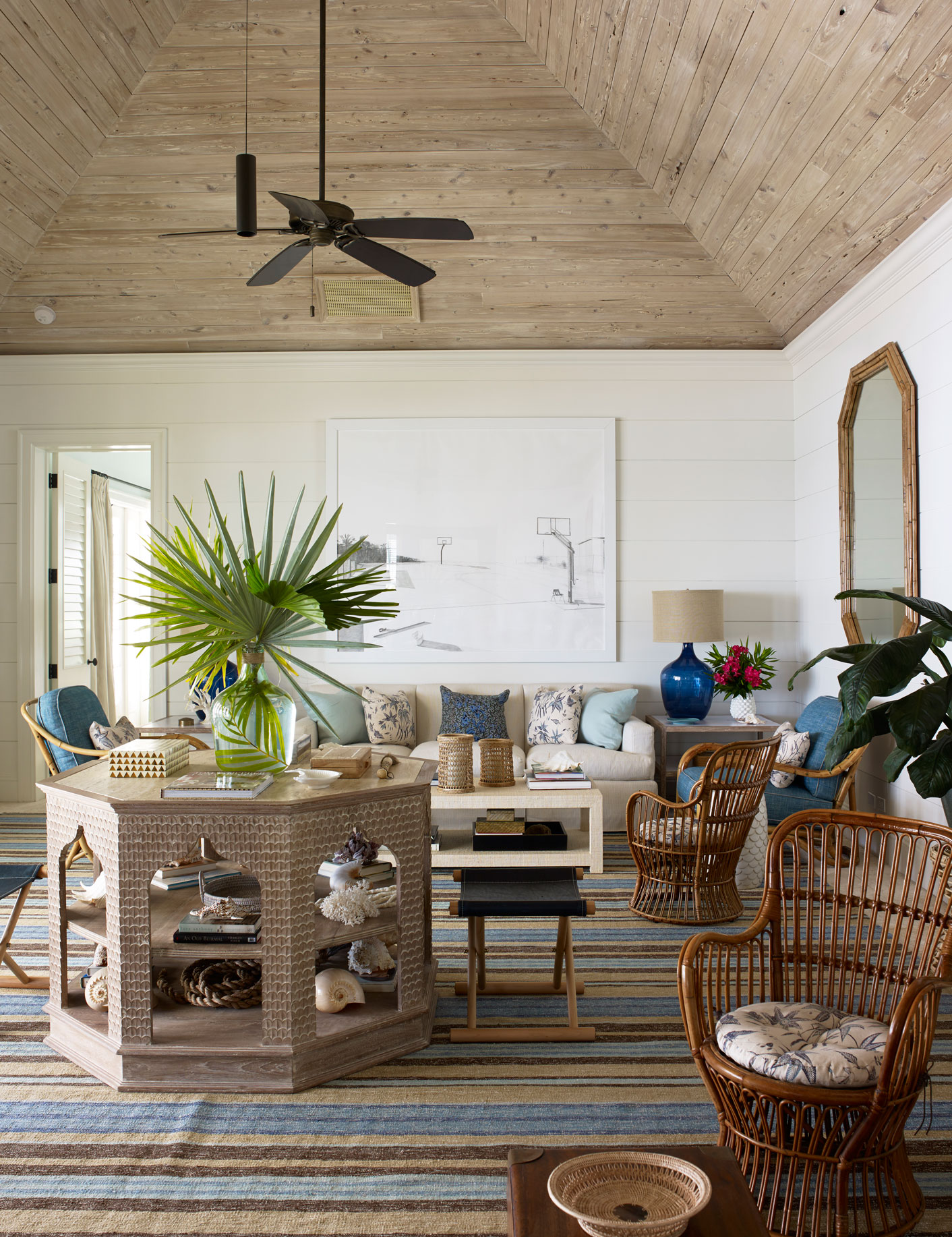
Who or what were the inspirations for you when you began your career? I fell sideways into decorating directly from graduating as an architect from The Cooper Union. My heroes then and now are Ward Bennett , Benjamin Baldwin, Joe D’Urso, Angelo Donghia – the ones who understood and applied modernist architecture principles to their work. The under-decorators.
How would you describe what you do in your practice and what do you think makes your sensibility unmistakeable? The architect still with me always puts furniture planning, spatial relationships, scale and proportion first. Materials, fabrics and objects always come second and generally with restraint. I usually strive for a limited palette - color and furniture styles - where there is a recognizable dialog within it. When it’s good it’s succinct. It’s not “ layering''.
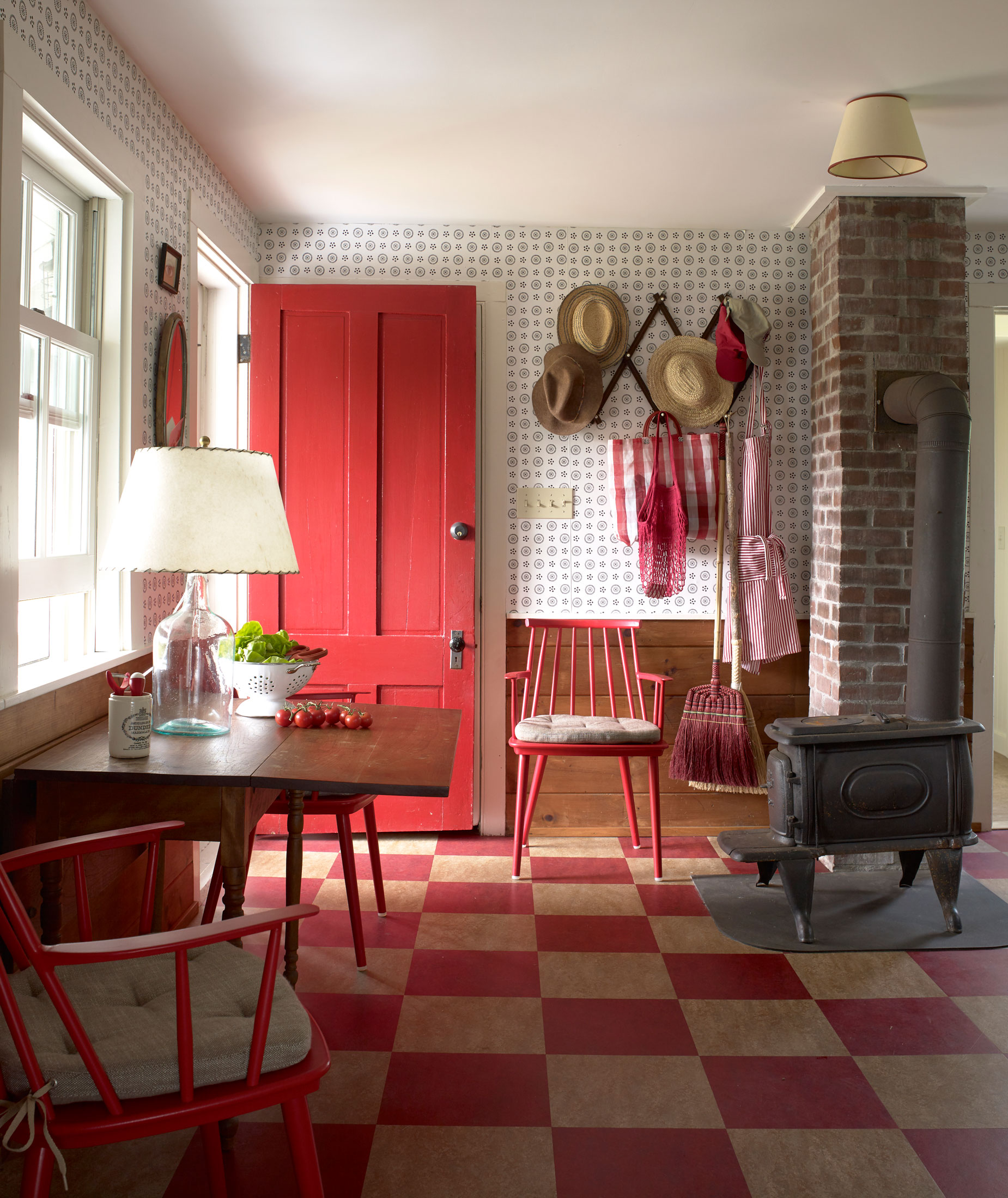
What are the key elements that you try to enhance, impose on, or invent in a living or commercial space? Informality and conviviality are always my goals. Space planning and furniture styles are a big part of this. The same principles can be applied to domestic and commercial spaces.
What, for you, constitutes ‘a good space’ from which you can build upon? Almost any space can be corrected with an appropriate and well thought out design. One always hopes for light and air and well proportioned rooms, whether small or large.
How do you set about personalising the home of a client – how do you make it their home, with their spirit, soul and personality? Decorating for clients needs to be biographical. There’s always a story you can tell. Figure out the narrative and the client will feel as comfortable in his decor as he would in a well-made suit. It’s a matter of knowing that silk festooned window shades probably aren’t appropriate for a 37-year-old saxophonist.
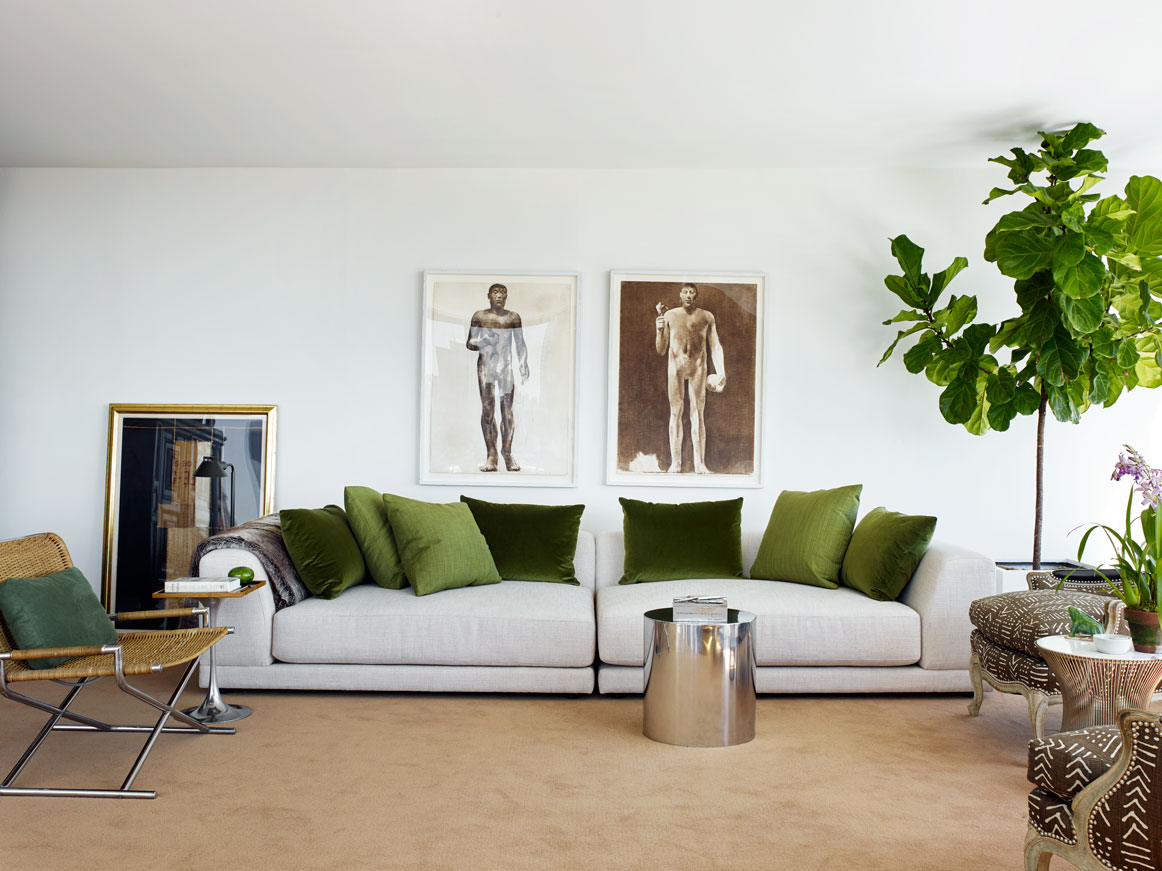
How important is it that a space you create affects the client you design for? Good design automatically creates a sense of harmony and ease. The goal is always the comfort of the client in his own environs.
What you do is akin to art but it also has to answer to the client’s demands – have you developed a method or perhaps a work approach for assimilating both of these things? I think of myself as a teacher. The good client comes willing to listen and learn. The good client knows to trust I will devise the right decorative narrative. When there is resistance and compromise they don’t get my best work.
How does your experience affect your approach – what ‘extra’ does it give you? The learning curve flattens out but never peaks! Longevity makes for a vast catalog of knowledge to draw on; decision making gets easier and easier.
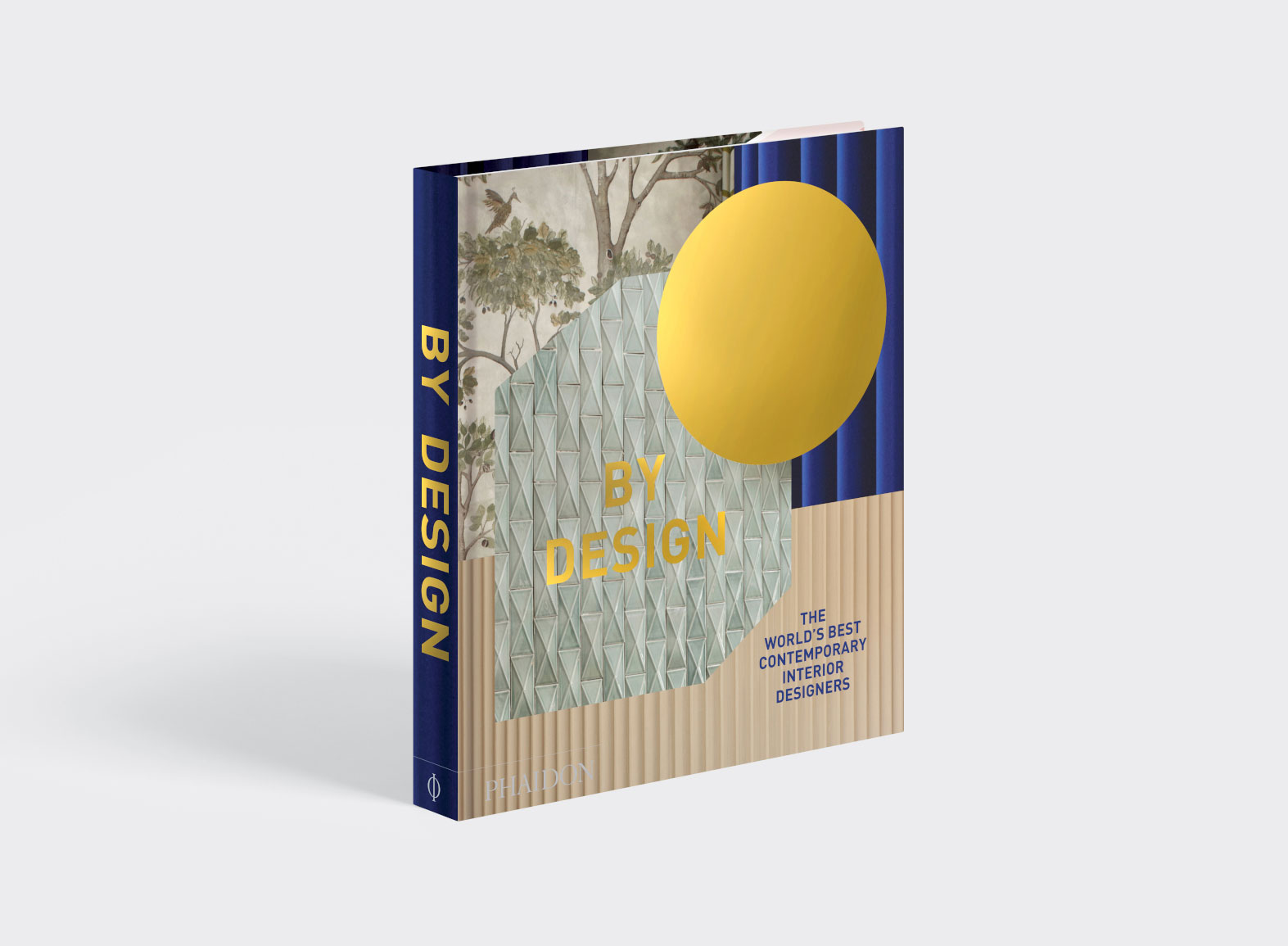
You can find out more about Tom’s professional life and work at his site, here. To learn more about By Design, a richly illustrated, authoritative global survey of the best and most creative interior designers and decorators working today, and buy your copy, go here.